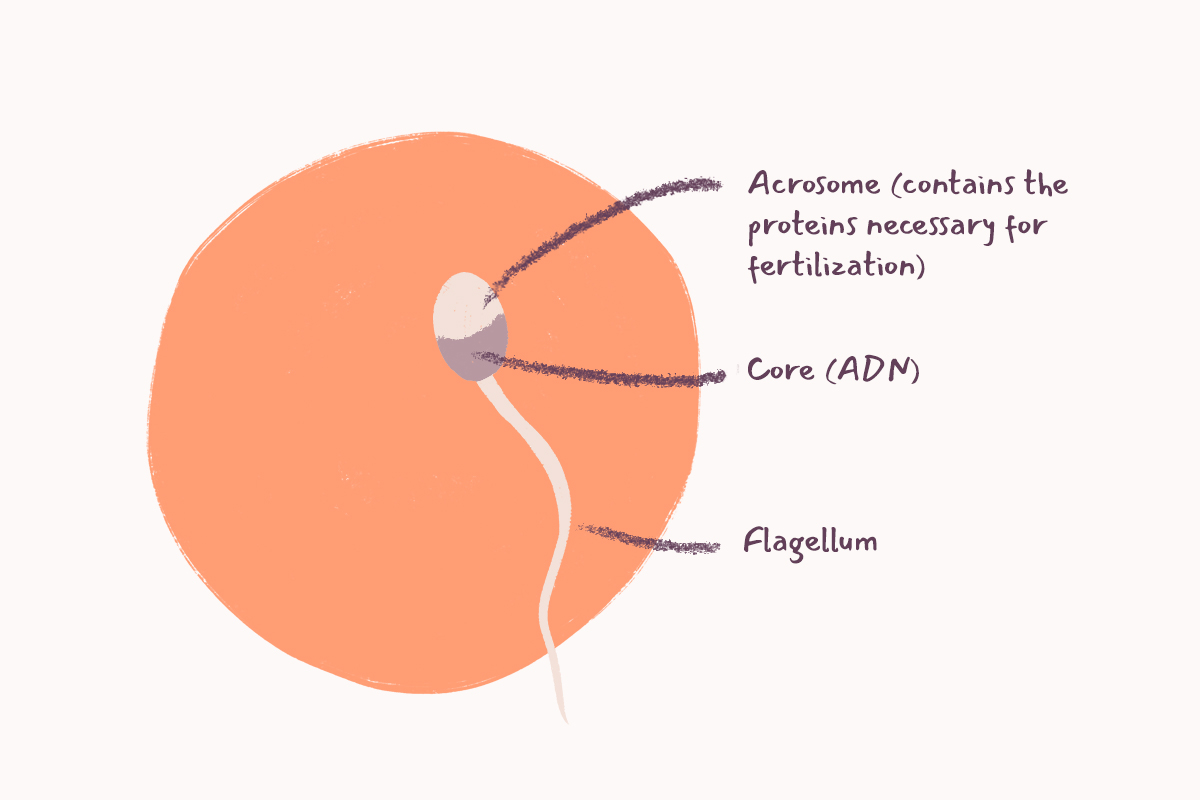Intra-cytoplasmic sperm injection (ICSI) is an assisted In Vitro Fertilization technique, whereby a single sperm is mechanically introduced into the cytoplasm of an egg.
Conventional In Vitro Fertilization (IVFc) consists of inseminating an egg in a petri dish with 50 000 to 100,000 sperms and allowing it to be naturally fertilized in an incubator. The ICSI is a more complex and longer technique than the IVFc but it has become, in the past few years, the main fertilizing eggs’ technique for fertility clinics (39% in 1997 compared to 70% in 2016).
In fact, ICSI offers a better fertilization rate and oocyte activation, consequently allowing for more embryos and higher pregnancy rates per cycle.
How it works
The eggs are surrounded by nourishing cells, called cumulus, which protect but also attract sperm. This is called a cumulus oocyte complex (COC).
To perform an ICSI, it is necessary to start by removing this cumulus by enzymatic digestion. The egg is hence naked. The first advantage is the ability to observe the eggs’ maturity. In fact, only mature eggs with a polar body will be injected.
The second step is choosing the sperm for injection. This step is essential to maximize the fertilization’s success but also to obtain a quality embryo at day 5 or day 6. The sperm is chosen by the embryologist according to the quality of different parameters such as the shape of his head or the length of its flagellum as recommended by the standards of the World Health Organization (WHO) (see Figure 2: sperm of normal shape).

Figure 2: normal sperm
This is a considerable benefit which allows fertilization to be controlled since only one sperm with a good morphology is deposited into the ovum. Bear in mind that during natural conception (In Vivo) or IVFc, it’s likely that several sperms succeed to penetrate the ovum leading to an unsustainable multi-fertilization (polyspermia), or conversely, not a single sperm reaches the oocyte membrane, resulting in the absence of a fertilization.
With ICSI, the selected sperm is then delicately deposited in the cytoplasm of the ovum. (see video)
The next day, a fertilization can be observed.
This innovative technique, dating back to 1992, makes it possible to ensure the morphological quality of the sperm introduced into the ovum, which increases the rates of obtaining quality embryos.
It also offers couples, whose sperm is very damaged, or even motionless, the possibility to start a family. Given the quantity and quality of sperm deterioration in humans over the years and due to industrial pollution, ICSI seems to be, more than ever, a technique of choice.